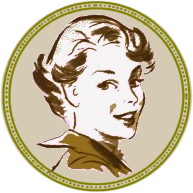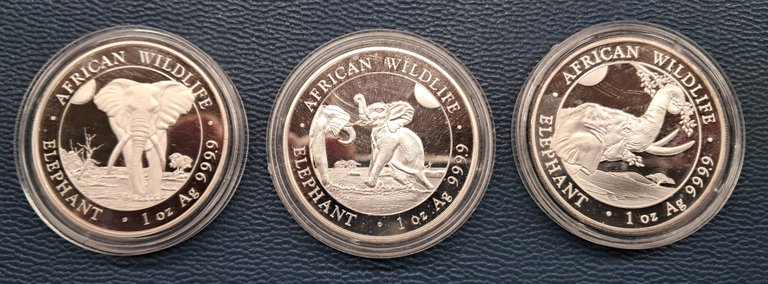
In my last article on coins, I wrote a hypothesis that the silver collector-investment coins of African countries are not minted for Africans, but for wealthy investors from countries in the so-called global West. Therefore, the designs on these coins are not for Africans, but for these investors.
I think this idea of mine is correct, that everybody actually accepts it. Today I will document it on specific African coins.
Which animal does a non-African consider typical of Africa? I think it would be the elephant. That's why it's on these coins.
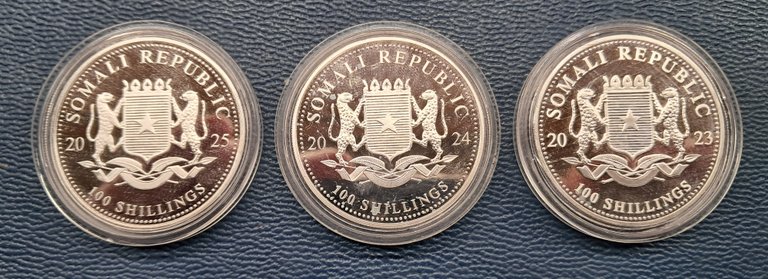
They're Somali coins. Somalia is one of the poorest countries on the planet. Somalis often face existential problems. I think there is only a formal unitary state there. Yet they mint silver coins.
I wonder how many Somalis know about the existence of such coins? I don't think anyone there even cares. However, someone must have authorized the issuance of these coins. Some mint must have paid something. To whom? Was the money used for the benefit of the Somali people?
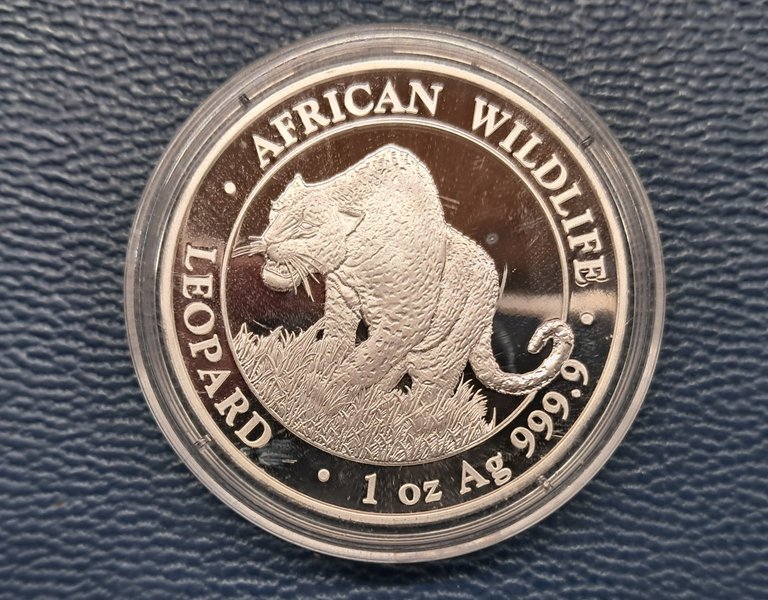
The leopard is a beautiful animal. And a leopard coin is a beautiful coin. I'll be collecting this series too.
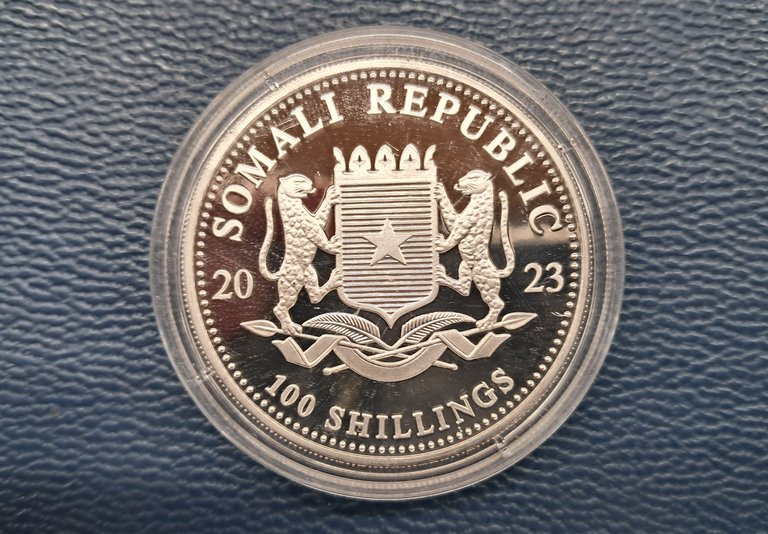
But my purchases are definitely not development aid to this country. I'm making money for the mint. And probably someone else.
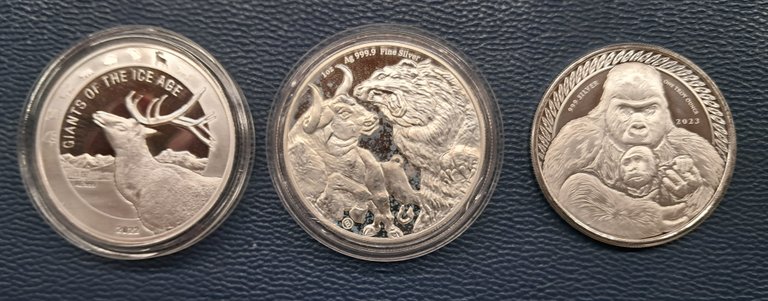
Giants of the Ice Age - a giant deer, a bull and a bear, a gorilla with a cub. These motifs confirm my idea that African coins most often feature African fauna. I admit that the duel between the bear and the bull is an allegory. The battle of the bear market and the bull market.
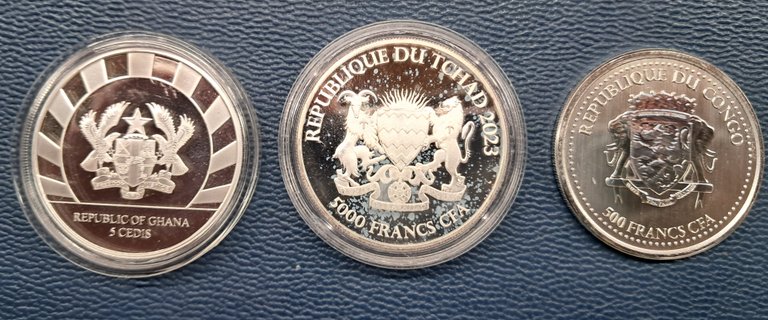
Ghana, Chad, Congo. I'm ashamed of how little I know about those countries. I'm interested in how people live there. Ghana has a good reputation. The other two countries have worse reputations. Intertribal, religious and civil wars, coups, murder, corruption, crime. This is exactly how an outsider sees Africa. Yet all three of these countries issue silver coins.
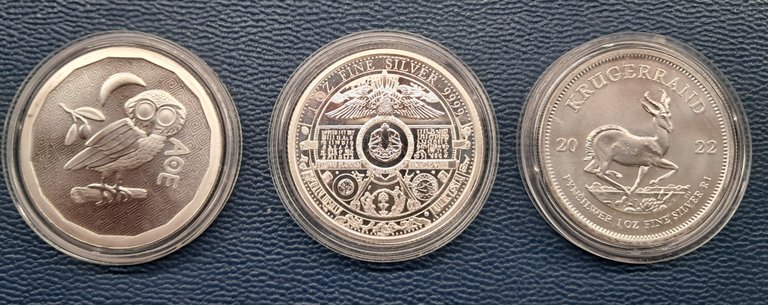
Are there any exceptions? Are there any African coins with the image of a human? Is there a local event depicted on any coins? In the rest of the world there are many coins issued referring to various stories mythical and real and to various anniversaries.
I've been looking. I found something. But it's nothing definitive. An owl and an antelope on the reverse.
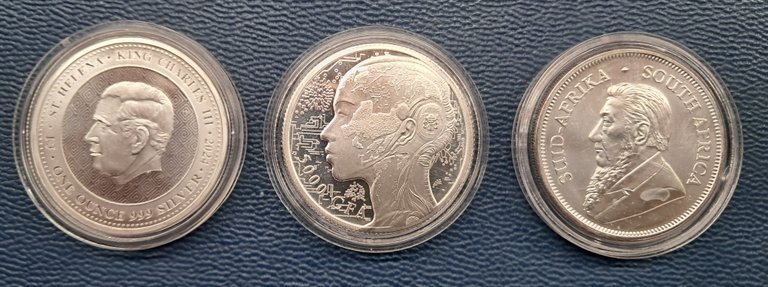
But here, finally, people are depicted!
The island of St. Helena may be located in the Gulf of Guinea off Africa, but it has little to do with Africa. The island belongs to Britain. The coin, of course, depicts the monarch Charles III.
On the other side we see a silver Krugerrand with a typical antelope and the likeness of the Transvaal President Kruger. Strange. Very strange. The gold Krugerrand has been minted since 1967. It was sometimes banned in some countries as one of the symbols of apartheid. Apartheid ended in 1994. But the white president remained on the coin.
The middle coin, perhaps. It could depict a particular African. But no. It's a Chadian coin. The first coin designed by artificial intelligence. The head is imaginary.
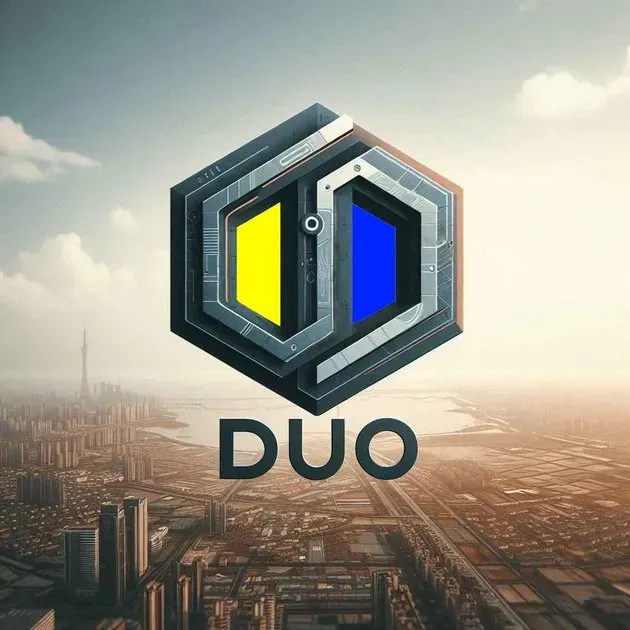
Thank you for stopping by, for reading. Thank you for your opinions, comments, suggestions. Thank you for every form of support.
I used the Deepl.com translator to translate from Czech to English. The original Czech version is below the banner.
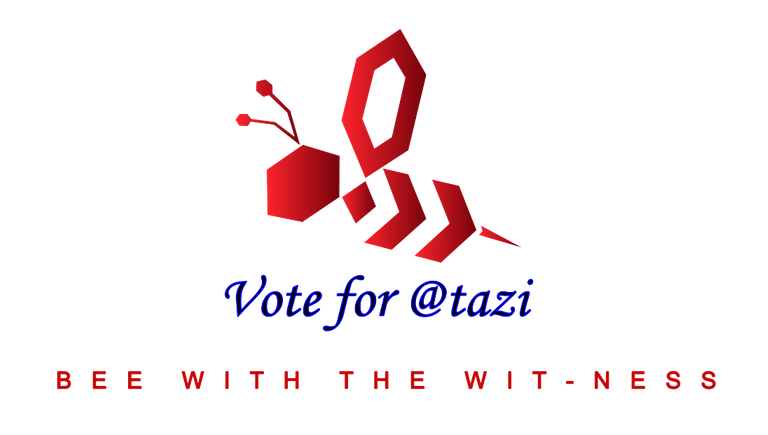
😀Zvířecí motivy na mincích😀
Ve svém posledním článku o mincích jsem vyslovil hypotézu, že stříbrné sběratelské investiční mince afrických zemí nejsou raženy pro Afričany, ale pro bohaté investory ze zemí tzv. globálního Západu. Vzory na těchto mincích tedy nejsou určeny pro Afričany, ale pro tyto investory.
Myslím, že tato moje myšlenka je správná, že ji vlastně všichni přijímají. Dnes ji budu dokumentovat na konkrétních afrických mincích.
Které zvíře považuje neafričan za typické pro Afriku? Myslím, že to bude slon. Proto je na těchto mincích.
Jsou to somálské mince. Somálsko je jednou z nejchudších zemí na světě. Somálci se často potýkají s existenčními problémy. Myslím, že tam existuje pouze formální unitární stát. Přesto razí stříbrné mince.
Zajímalo by mě, kolik Somálců ví o existenci takových mincí? Myslím, že to tam nikoho ani nezajímá. Někdo však musel vydávání těchto mincí povolit. Nějaká mincovna musela něco zaplatit. Komu? Byly tyto peníze použity ve prospěch somálského lidu?
Leopard je krásné zvíře. A leopardí mince je krásná mince. Tuhle sérii budu taky sbírat. Ale mé nákupy rozhodně nejsou rozvojovou pomocí této zemi. Dávám vydělat peníze mincovně. A velmi pravděpodobně i někomu jinému.
Obři doby ledové - obří jelen, býk a medvěd, gorila s mládětem. Tyto motivy potvrzují mou myšlenku, že na afrických mincích se nejčastěji objevuje africká fauna. Připouštím, že souboj medvěda a býka je alegorií. Souboj medvěda a býka o směr pohybu aktiv na trhu.
Ghana, Čad, Kongo. Stydím se za to, jak málo toho o těchto zemích vím. Zajímá mě, jak tam žijí obyčejní lidé. Ghana má dobrou pověst. Další dvě země už mají pověst horší .... Mezikmenové, náboženské a občanské války, převraty, vraždy, korupce, zločinnost. Přesně takhle vidí Afriku člověk zvenčí. Přesto všechny tři tyto země vydávají stříbrné mince.
Existují nějaké výjimky? Existují africké mince, na kterých by byl vyobrazený člověk? Kde by byla vyobrazena nějaká místní událost? Ve zbytku světa vychází mnoho mincí odkazujících na různé příběhy mytické i skutečné, ne různá výročí.
Ale tady jsou konečně vyobrazeni lidé!
Ostrov Svatá Helena sice leží v Guinejském zálivu u Afriky, ale s Afrikou má pramálo společného. Ostrov patří Velké Británii. Na minci je samozřejmě vyobrazen panovník Karel III.
Na druhé straně vidíme stříbrný Krugerrand s typickou antilopou a podobiznou transvaalského prezidenta Krugera. Zvláštní. Velmi zvláštní. Zlatý Krugerrand se razí od roku 1967. V některých zemích byl občas zakázán jeho dovoz jako jeden ze symbolů apartheidu. Apartheid skončil v roce 1994. Bílý prezident však na minci zůstal.
Možná prostřední mince. Mohla by zobrazovat konkrétního Afričana. Ale ne. Je to čadská mince. První mince navržená umělou inteligencí. Hlava je imaginární.
Děkuju, že jste se zastavili a četli. Děkuju za vaše názory, připomínky, podněty a návrhy. Děkuju za každou formu podpory.


